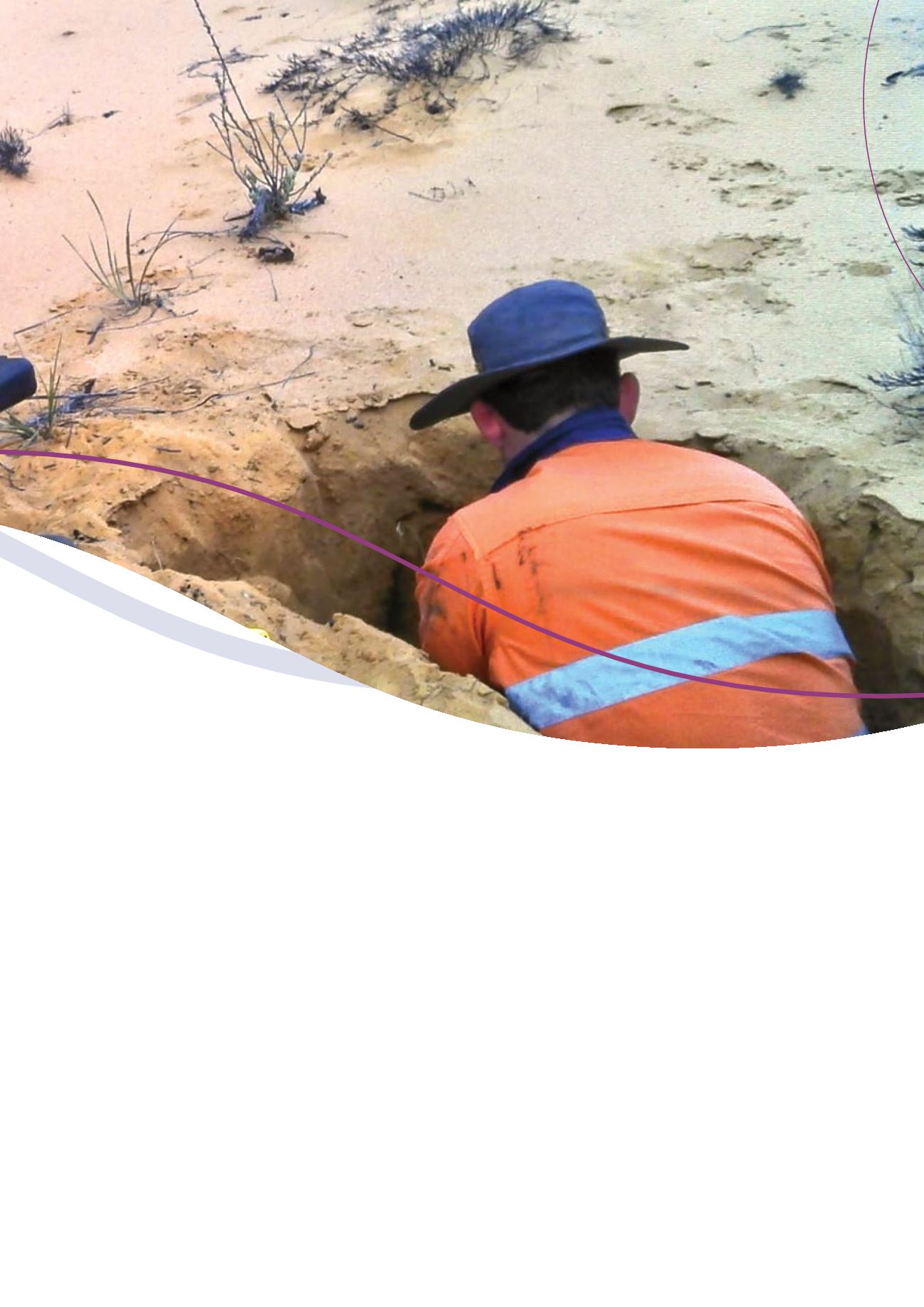

Sustainability Report 2015 31
BACKGROUND
IGO targeted and pegged the area containing the current
gold reserves in 2001. AngloGold Ashanti entered into a
JV with IGO in 2002, and thereafter discovered Tropicana,
Havana and Boston Shaker gold deposits in 2005, 2006
and 2010, respectively. The deposits occur over a 5km
strike length with gold mineralisation intersected over a
vertical depth of 1km beneath the natural surface.
Following Western Australian and Federal Government
approvals in early 2011, construction of the 220km
access road commenced. This was followed by the
development of site infrastructure including an aerodrome,
accommodation village, borefields and a processing
plant. It is noteworthy that work is ongoing to have the
processing plant certified as compliant to the International
Cyanide Management Code (
www.cyanidecode.org).
Mining of the Havana deposit commenced in 2012.
The processing plant was commissioned in late 2013
with the first gold production in September 2013.
Post-commissioning, nameplate capacity of 5.8 Mtpa was
achieved in March 2014.
The Tropicana operations involve open pit mining of ore
and waste rock using conventional blast, excavator and
truck bulk mining methods. Gold bearing ore is processed
on site at a nominal rate of 6 Mtpa. Processing involves
primary and secondary crushers, high-pressure grinding
rolls, thickening (followed by cyanide leaching and carbon
adsorption), carbon elution and regeneration, tails
thickening and disposal, and tailings water recovery.
Tropicana’s workforce is entirely fly-in/fly-out (FIFO).
In the 2014 calendar year, AngloGold Ashanti mined 8 Mt
of ore and 39.84 Mt of waste rock for 510,967 ounces
of gold. IGO’s share of the gold production equates to
153,290 ounces.
Tropicana
monitoring and managing our impact
OPERATIONS


















